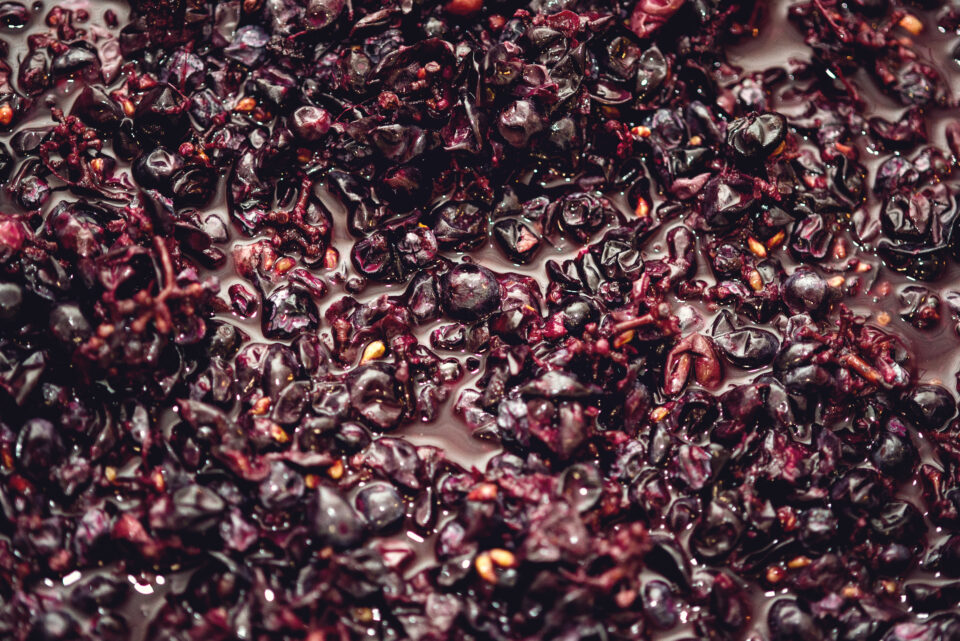Curiosity
Whole grape fermentation – effects on wine
Recently there has been a lot of talking about whole bunch fermentation and many of you have asked me what it is; Below you can find some information that I hope can help you better understand this type of fermentation.
From the name, it is clear that we are talking about a fermentation that involves both the grape and the stem, i.e. the woody part of the bunch. Classic fermentation occurs with destemming, i.e. the elimination of the stem, before moving on to pressing and subsequently winemaking; in the case of whole bunch fermentation, however, the grapes are pressed, preserving every element of the bunch.
The History
Until the first half of the 20th century, this technique was widespread and used for the production of red wines. With technological development and the introduction of special destemming machines, the separation of grape stems has become increasingly frequent and today it is a common practice for the production of any wine.
Today, the whole bunch fermentation is adopted by many illustrious wine producers as a stylistic tool because it affects the aroma, the consistency and the tannic structure of the wine.
 Advantages of whole grape fermentation.
Advantages of whole grape fermentation.
Whole grape fermentation helps to increase the aromatic bouquet of the wine. The stems that contain potassium and phenolic substances, such as tannins, can increase the aromatic complexity and reduce acidity, giving freshness and interesting spicy notes to the wine.
Another important thing for this type of fermentation is that the bunches and stalks of the grapes must be ripe so the aromas transmitted by the stalks are pleasant; unripe stems release green, herbaceous and bitterish notes which are unpleasant to drink.
Tannins
Tannins are co-responsible for the “red” colour of the wine, so their extraction, directly from the stems, helps to define its shade and increase the chromatic intensity. At the same time, tannins increase the structure and body of a wine, aiding its ageing potential.





